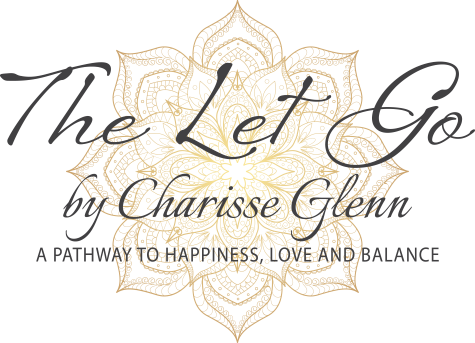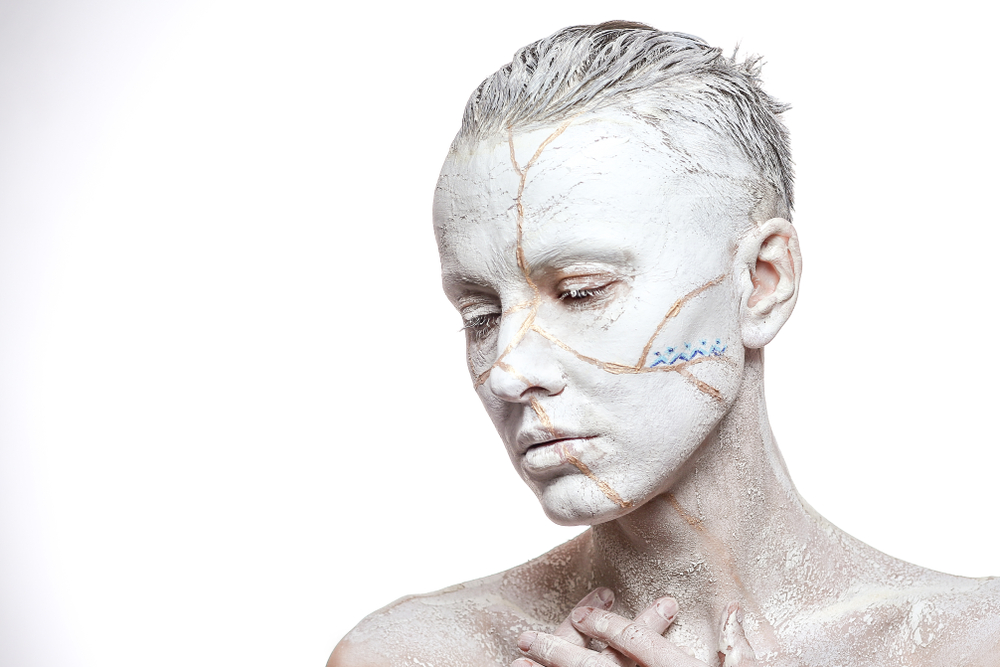Are we more self-conscious about our physical scars or the personal ones that cannot be seen?
Do you remember your first physical scar? I was the kid who was always running around and falling, skinning my knees. My grandmother was concerned that I would have “unsightly, unladylike” knees when I grew up. Do you remember your first emotional scar? Was anyone concerned that you would grow up and have to shoulder deep emotional scars? Or was that something that got brushed under the rug or, worse, never even acknowledged?
It is common to think that if something breaks, it has lost its value. If it’s too difficult to repair, consider getting a new one. We come from a society with planned obsolescence in its manufacturing plans, characterized by a ‘bigger, better, more’ mentality.
If we cannot “get a new” one, does that make the object we repair less than perfect? Does it feel less worthy once there is a scrape or dent in something? Or is it like your first scratch on your brand-new car? That’s all you can see; then, after a while, it’s no longer noticeable.
There is a Japanese technique called kintsugi, which means” olden repair. “For example, when an item of pottery has broken, it is not thrown away nor deemed useless. Instead, it is repaired by highlighting the break, bringing attention to it. Repaired in this manner illustrates the uniqueness of the break or the damage.
The broken pottery pieces are bound together with gold- or silver-dusted lacquer. The lacquer is poured into the crack or used to adhere the broken pieces together. The gold or silver essence fortifies and strengthens the once-broken ite, transforming it and adding value, beauty, and strength. The same object now becomes a more refined version of what it once was. In addition, the cracks highlighted with gold amplify each piece’s uniqueness, making them now sought after and highly prized.
As it is sometimes referred to, the Art of the Precious Scar or the Golden Repair conveys a beautiful message. It suggests that we should not discard an object simply because it is broken. By repairing our belongings, we can increase their value. The repaired area becomes more substantial than the original piece.
If we translate this to our scars, can we also understand that our traumatic events in life have, in their own way, strengthened us individually? And if we can metaphorically wear our scars with pride of healing, can we then feel that we are now, in fact, more substantial than we once were?
Each of us is a product of everything that has happened to us. We are a conglomerate of all that has ever been told to us and every situation that has ever been a part of our realities. Once we can embrace what we have endured through our life’s journey, we can acknowledge that what we have experienced has brought us to where we are now in life.
Whatever the combination of events has created, your belief systems make up the uniqueness that is you. Belief systems are put in place to protect us from a perceived threat: They are put in place to serve us. Whichever of those beliefs no longer help, the person you are now can be let go.
Identifying the trigger moments can be very emotional, and some individuals may seek professional guidance to navigate them. It may take one time or many, as we are all different in how we process and change. Excellent methods include hypnotherapy, tapping, and psychotherapy. Great results can also be achieved through bodywork, meditation, and yoga.
How we trigger is not as important as the result of seeing ourselves as whole and beautiful. There is a lovely new trend among tattoo artists who transform physical scars into works of art. It could be said this is the modern-day Art of the Precious Scar.






Stephanie
Beautiful article
Marianne
Lovely ……thank you!
Marianne
Vale
This hits home Charisse, thanks for sharing <3
charisse
Thank you Valentina!
Linda Ballou
Writing The Cowgirl Jumped Over the Moon was my way of healing from an injury that took me out of the riding world. I wrote it standing up at my breakfast bar because sciatic pain would not let me sit. The process of living in my imagination for six months took my mind off the constant pain I was carrying. You were a part of that world that we both love. Thank you for reading and endorsing my novel. Publishing the book 20 years later has brought me back into the riding world in ways I hadn’t even considered. I just returned from a pack trip in British Columbia. What an adventure! So, thank you Charisse for being my friend. Linda
charisse
Thank you Linda! The pleasure is mine to have your inspiration as a writer, a world traveler and an amazing woman of courage!
Paola Silva
Beautiful! Thank you for sharing!
Beth Henkel
Wonderful food for thought. Thank you.
charisse
Thank you Beth.
alex
I’ve always loved kintsugi! perfect metaphor for this post. Loving the site!
charisse
Thank you Alex!
Conversations Start with Shutting Up | The Let Go
[…] is a Japanese technique called Kintsugi or Art of the Golden Repair. Once an item is broken instead of tossing it away, the crack or flaw is […]